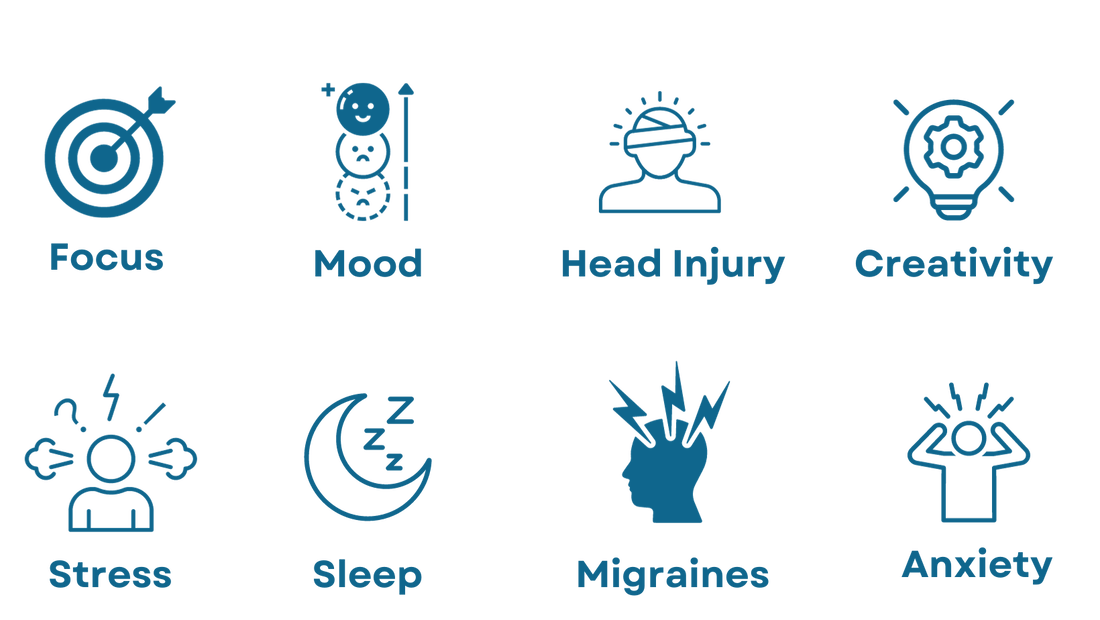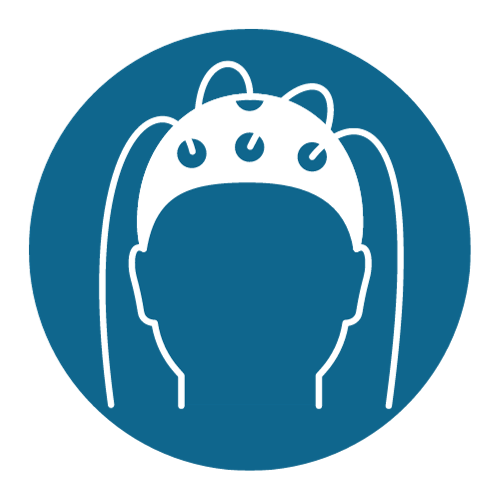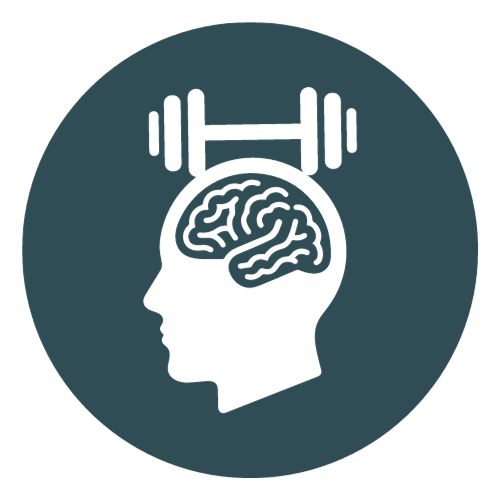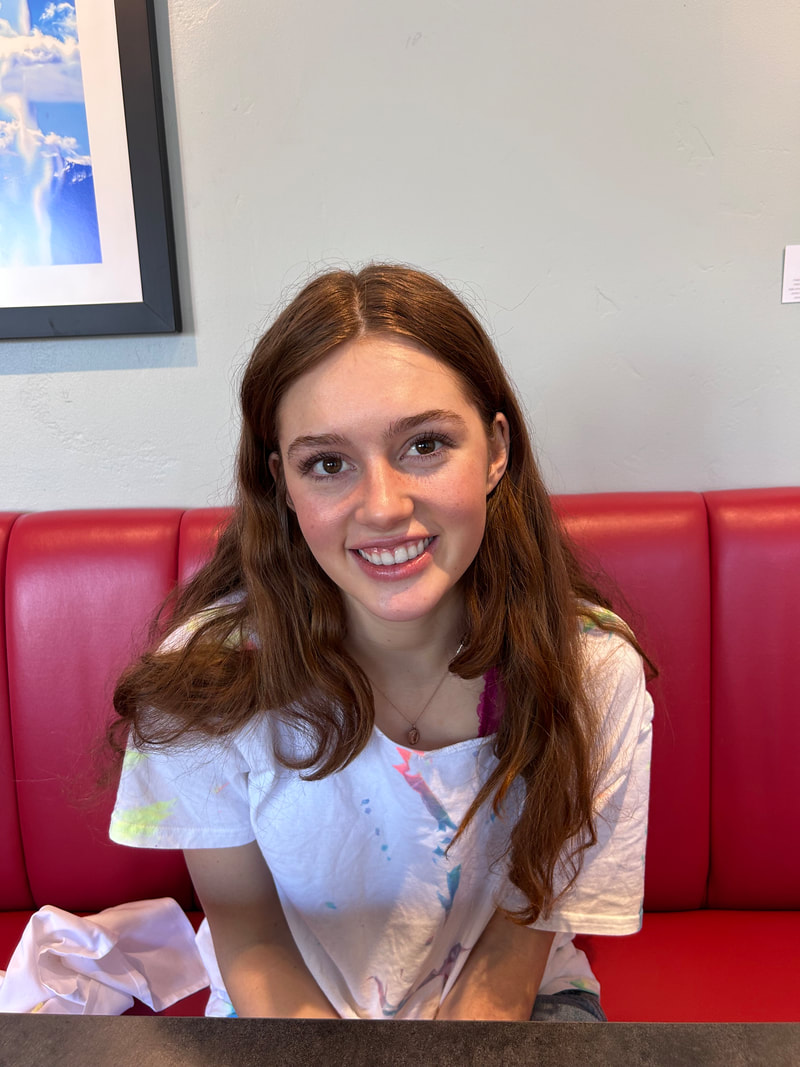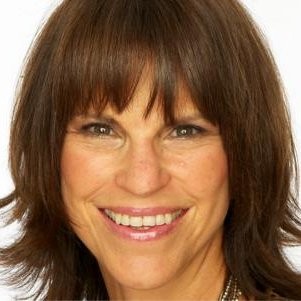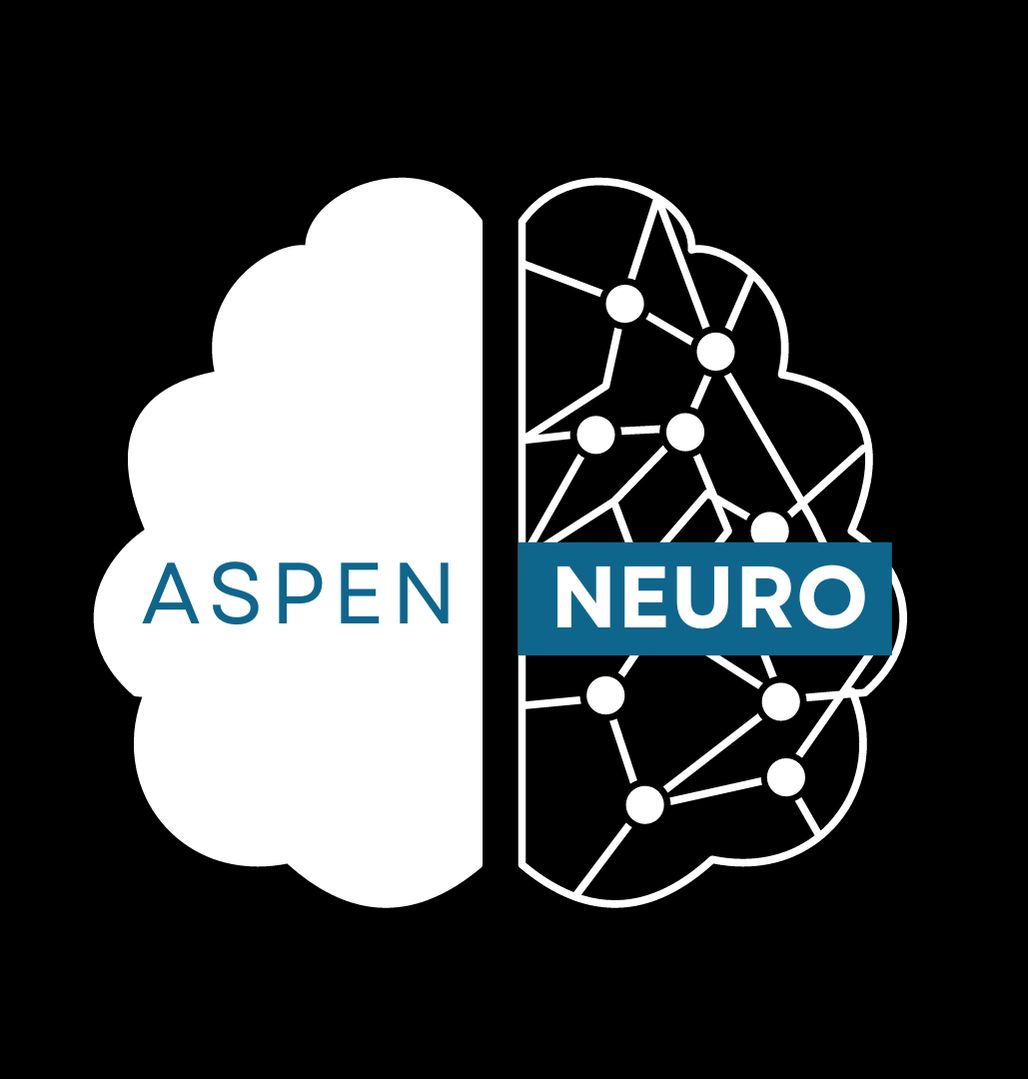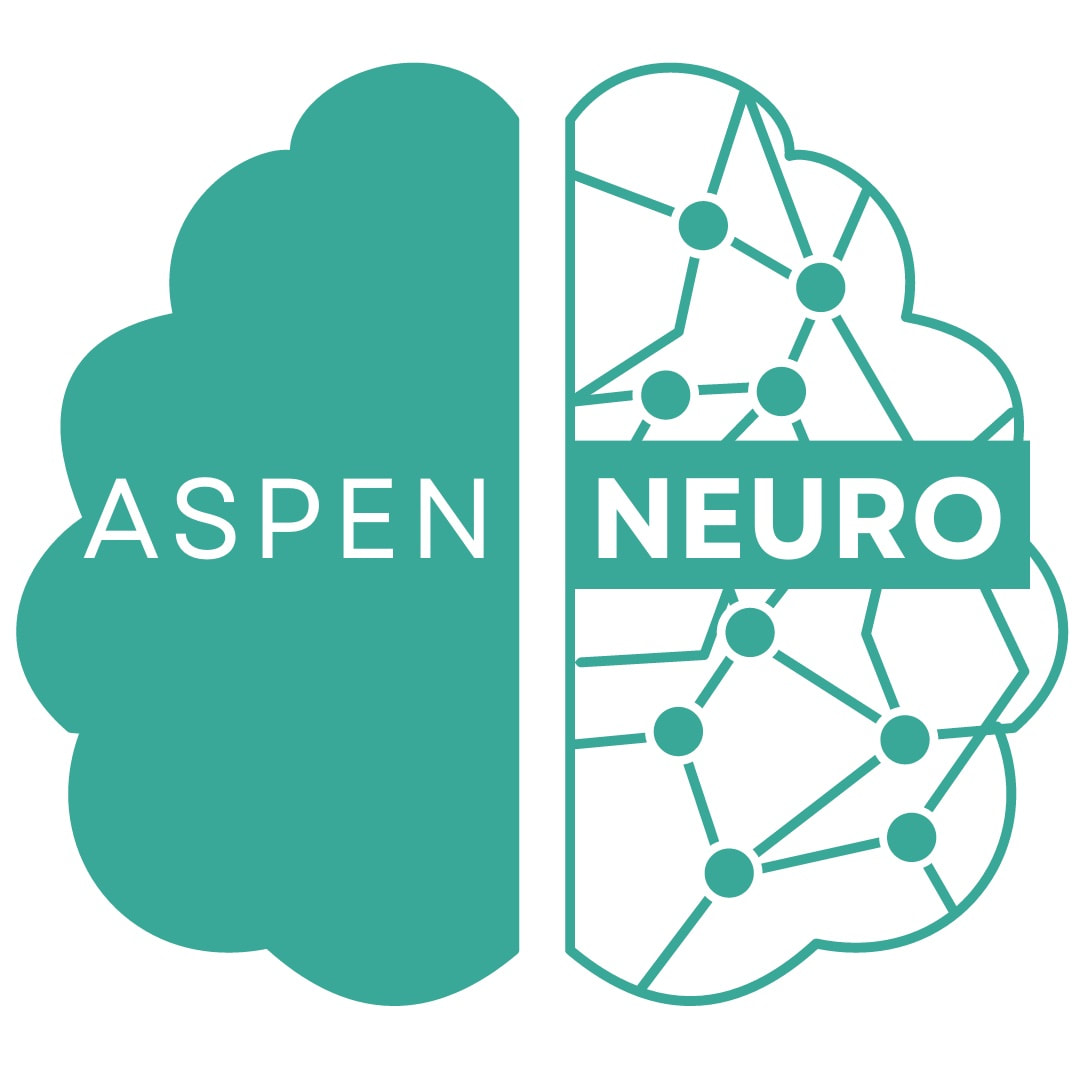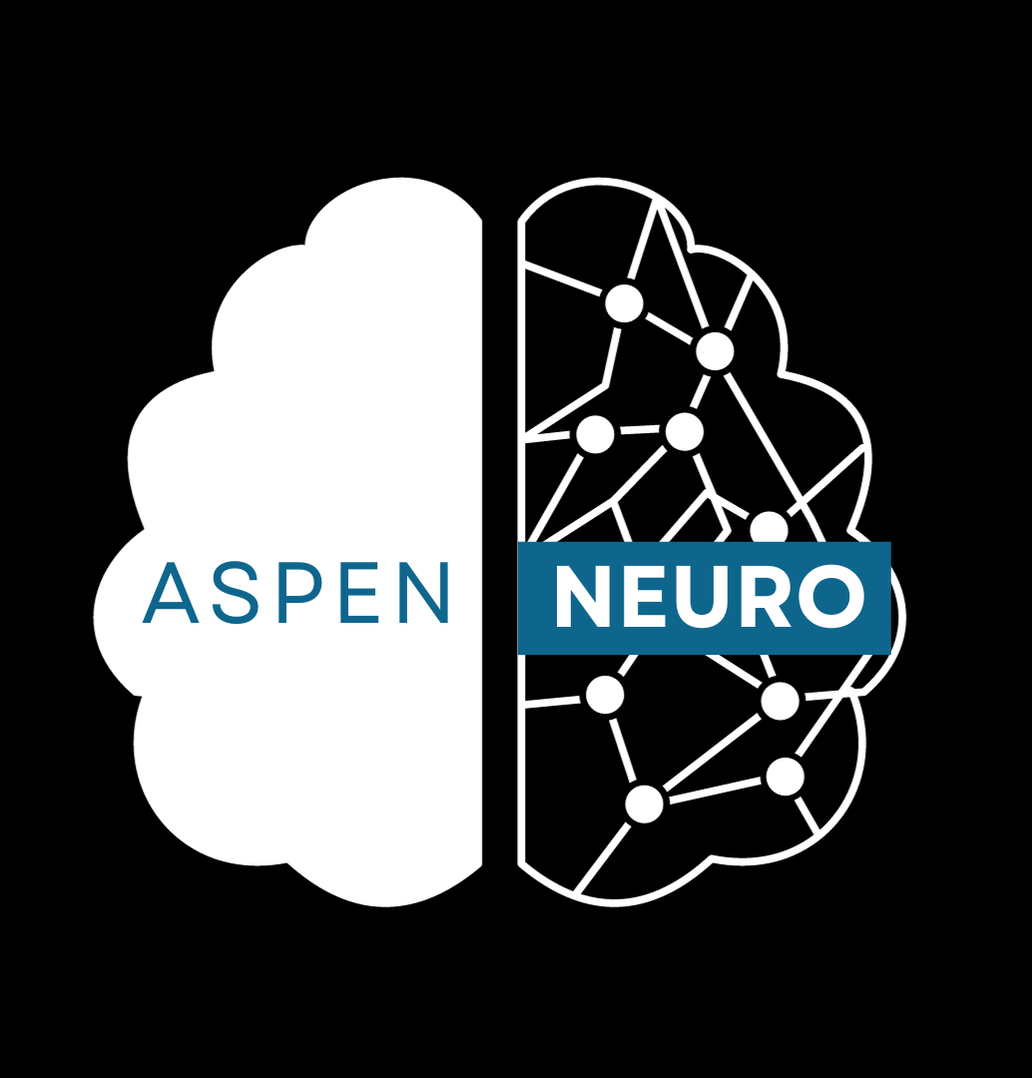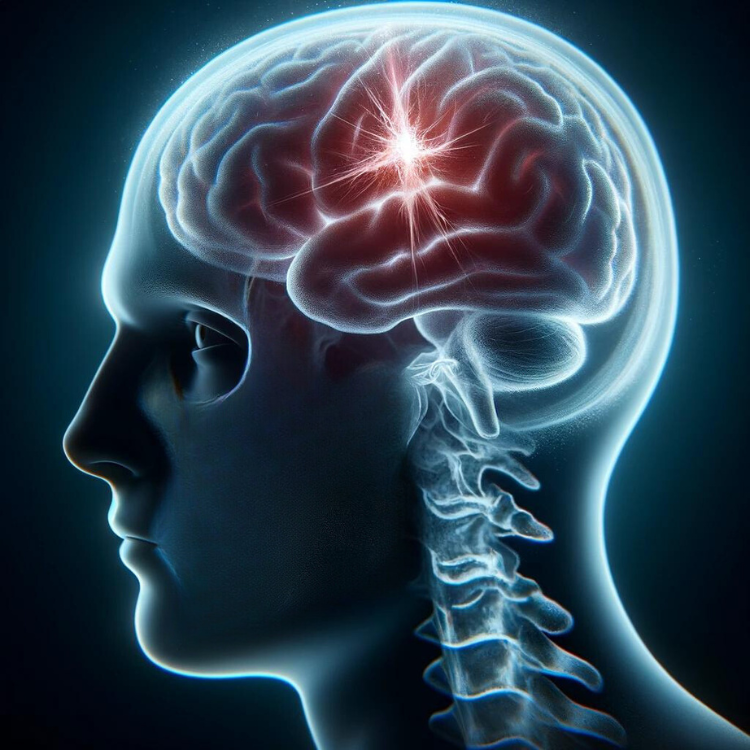Welcome to the Future of You
Our state of the art neurofeedback clinic offers qEEG brain mapping, followed by cognitive consultations and neurotherapy. With just 10-30 sessions of neurotherapy, you are able to train your brain to create new neural connections and release unhealthy patterns.* Best of all, it’s drug free.
* Based on the average number of sessions, sessions vary from person to person based on their brain map (qEEG)
At Aspen Neuro, where we're not just treating symptoms, we're curing individuals.
* Based on the average number of sessions, sessions vary from person to person based on their brain map (qEEG)
At Aspen Neuro, where we're not just treating symptoms, we're curing individuals.
Precision Neuroscience, Personalized for You.
|
QUANTITATIVE EEG
Brain Mapping is also known as QEEG (quantitative electroencephalogram). The QEEG produces a brain map that allows us to quantify the power, amount, distribution and ratio of various brain waves. To conduct the test, we place a comfortable cap on the individual’s head. The cap contains sensors that measure brainwaves of various frequencies. This is an entirely a non-invasive reading of the brain’s activity and frequency patterns. read more |
COGNITIVE AND INTELLECTUAL ASSESSMENT
A neuropsychological evaluation is a battery of assessments designed to measure how well a person's brain is working. The abilities tested include reading, language usage, attention, learning, processing speed, reasoning, remembering, problem-solving, mood and personality and more. This can be an essential piece in determining if someone has a learning difference, ADD/ADHD, cognitive decline, etc. |
BRAIN TRAINING / NEUROFEEDBACK
Neurofeedback is a non-invasive, evidence-based treatment that can encourage healthier brain function through brainwave training. In the practice of neurofeedback, trained clinicians connect a client to a computer interface that reads brain waves and helps clients change their brain waves while interacting with treatment programs. read more |
WHAT THEY SAY
GWYNETH PALTROW,
|
ALEX FERREIRA,
|
TONY ROBBINS,
|
/
- 1
- 2
- 3
- 4
- 5
For a 2 month investment, a tiny fraction of the time I have spent in therapy, meditation and yoga, my brain is a different place-- I am free of obsessive loops, anxiety and 30 years of SSRI medications. The whole experience is both fun and life-changing. Dr. Jones brings warmth, decades of expertise and best-in-class equipment and data science - and has taken time to create a beautiful treatment space. Do not pass up this opportunity.
Candice Olson
Founder / Here House
- 1
- 2
- 3
- 4
- 5
/
- 1
- 2
- 3
- 4
- 5
Neurotherapy is a game changer as far as the pace and lengths one can go in personal transformation. In my 31 years of clinical practice, I had never seen such swift and sustained improvement in my patients’ ability to break through blocks in psychotherapy, in their ability to recover from traumatic stress, and in their ability to make connections within themselves and with others. This is the first collaborative treatment model I have encountered where patients rocket to optimal executive function. Referring my patients to Aspen Neurotherapy to complement their psychotherapy has been one of the best things I could have ever done for them.
Dr. Krista Swanson
Licensed Clinical Psychologist
/
- 1
- 2
- 3
- 4
- 5
- 0
- 1
- 2
- 3
- 4
- 5
- 6
We Specialize In:
|
|
|
|
|
|
